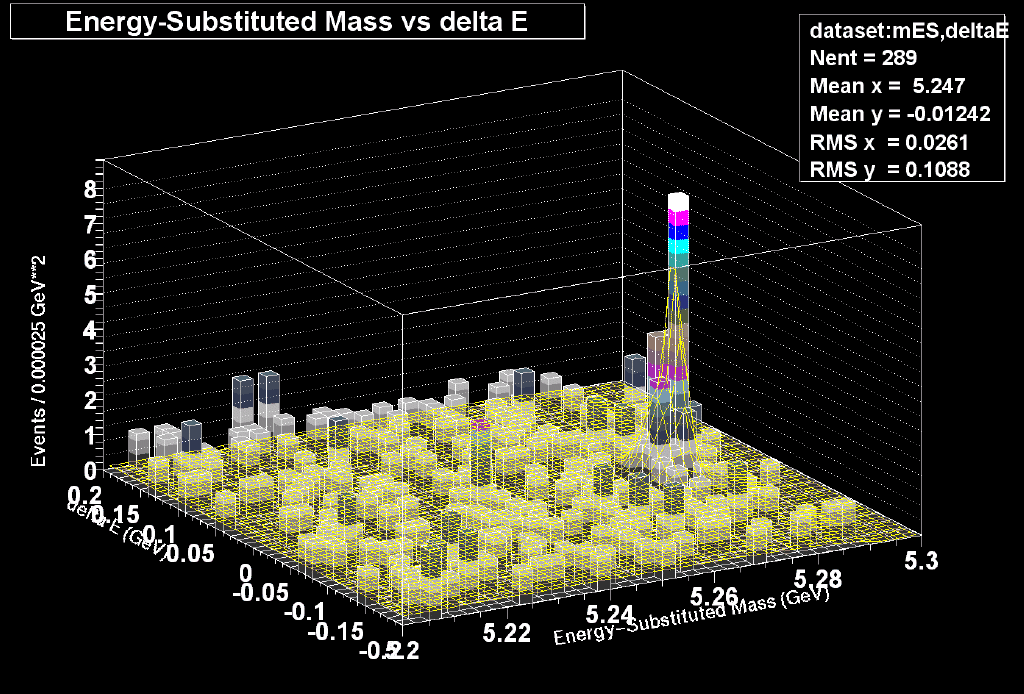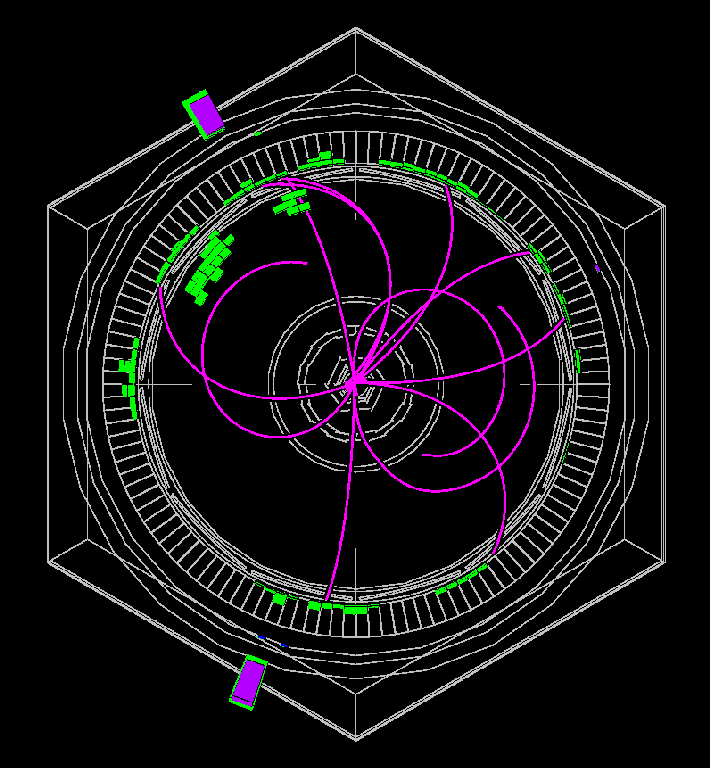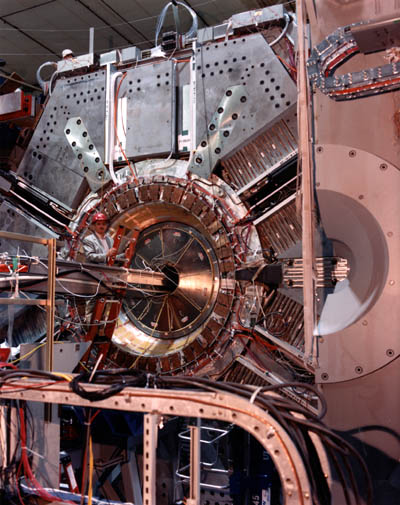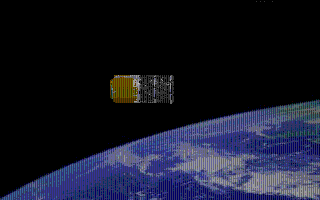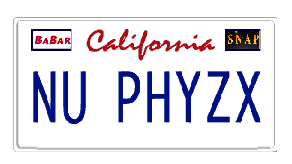In order to answer these two fundamental open questions in physics,
I work on two
experiments: BaBar
and SNAP.
On BaBar, we
study the phenomenon of CP violation. CP (or charge-parity) violation is
a property of the Standard Model of particle physics, and is observed when
particles decay via just one of the 4 known physical forces: the weak
interaction. As the physicist Andrei Sakharov showed in 1967, CP violation
is necessary for a matter-antimatter asymmetry to develop in the early
universe after the Big Bang. However, there is not enough CP violation in the Standard Model of
particle physics to explain why the universe we observe today is made of matter. Thus
we have the question of where the extra CP violation could occur. This is
one of physics' major unanswered questions.
My colleagues and I specifically search for CP violation in
decays of bottom quarks to the triplet of quarks: c anti-c d. This process is observable at the
BaBar detector at the
Stanford Linear Accelerator Center near
Palo Alto, CA. This process is especially sensitive to potential sources of CP
violation from extentions to the Standard Model at high energies which could help
explain the asymmetry of matter and antimatter in the universe.
Come and talk to me anytime if you're interested in working on a physics project,
if you have any general physics questions, or if there's anything else I could help you with.
|
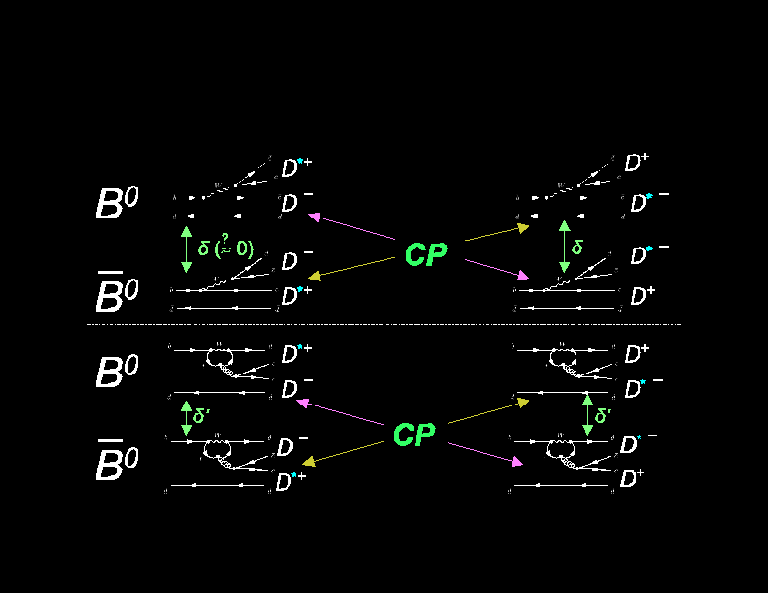
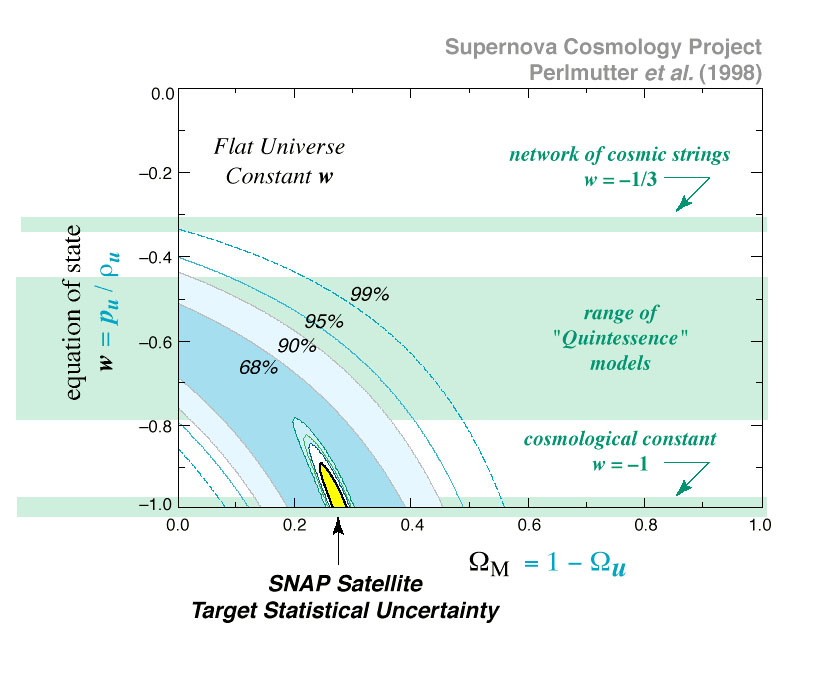
|
